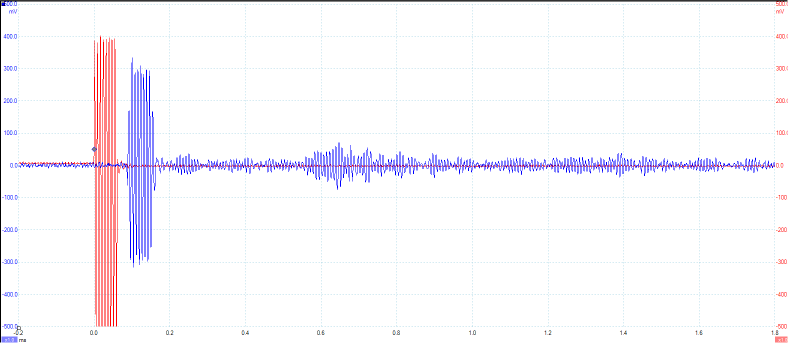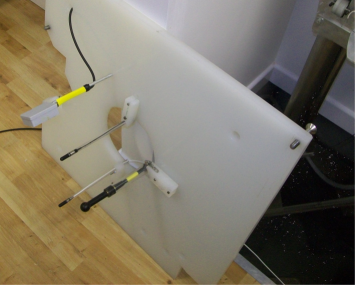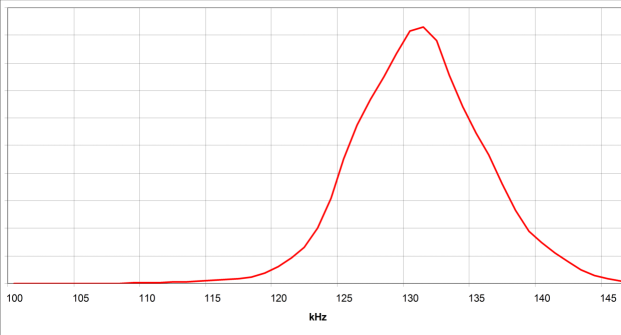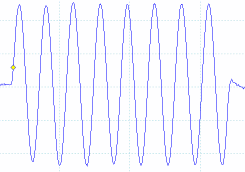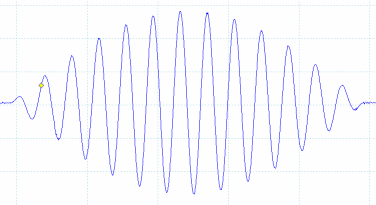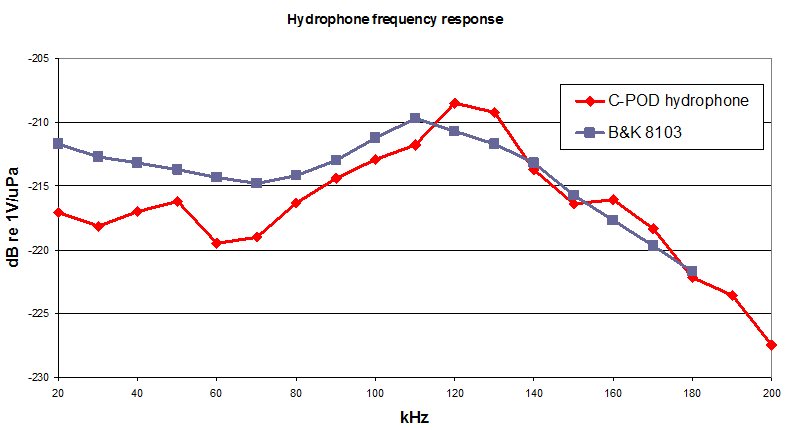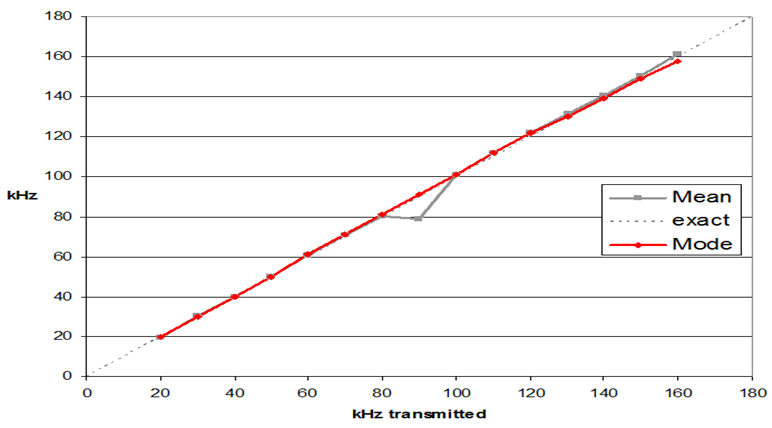Chelonia LimitedWildlife Acoustic Monitoring | ||
StandardisationThe sensitivity of acoustic loggers is a major factor in determining the sea area within which animals are detected. In most studies using them uniformity of sensitivity is essential and Chelonia has a highly developed standardisation procedure which we believe represents the most precise testing process currently available for them. Standardisation refers to setting the sensitivity, where calibration refers to measuring it. SensitivityDuring standardisation the complete instrument is rotated in a sound field and adjusted to give a radially averaged, temperature corrected, max sound pressure level reading within 5% of the standard at 130kHz, i.e. the mean sensitivity variation is less than ±0.5dB. Radial variationThis is much greater than mean sensitivity, and is less than ±3dB at 130kHz. This level of radial variability is within the range of values seen in those commercially produced hydrophones that publish this specification. The radial values are taken at 5 degree intervals. Need for retestsWide experience has shown the POD hydrophone to be very robust, generally with little change even after severe impacts. A few hydrophone failures have been seen, and were recognised by the users when new data showed very large differences from what was expected. We therefore recommend users to look at each data file carefully and compare it with others from the same area. If a change in sensitivity is suspected Chelonia can look at the data and/or re-test any instrument returned to us (see Servicing/repairs). Detection thresholdsLater versions (4 and 5) of the T-POD, the precursor of the C-POD, were standardised to give a 50% detection rate of a standard signal when the POD was rotated in the sound field. So each T-POD had the same personal best detection threshold averaged over 360 degrees in a horizontal plane. T-PODs did not record the sound pressure level of clicks so the detection threshold was the only method possible. C-PODs and F-PODs are more capable acoustic instruments and log a measure of the sound pressure level (SPL) and allow a more powerful method to be used: PODs are standardised to give a uniform pressure reading when averaged radially. Instruments could have different detection thresholds, but will correctly report the sound pressure level of the signal. The linearity of the SPL scale is generally very accurate. Consequently if the data that goes into the train detection is filtered to exclude the weakest clicks (that are so weak that some PODs will have missed them) then a uniform threshold will have been applied to all units. See Why the uniform scale approach is better for further discussion. Calibration methodThe term standardisation is used for the original adjustment of the amplifier gain to give a standard SPL scale.
The PODs are rotated mechanically in a sub-surface water tank. The tank has a star shape to minimise echo-returns to the centre of the tank, and acoustic loss to the ground is good. This avoids the serious difficulty of operating in an echo-field in which tiny displacements of a few millimetres can produce large changes in readings. The performance of the tank is shown below. The red trace is the drive to the output hydrophone and the blue trace is the sound received at the POD transducer position. The loudest echo is 0.65 ms after the start of the signal and is derived from the concrete/ground interface.
The tank has an accurately positioned set of source and monitoring hydrophones to enable sensitive monitoring of the system. The POD is held in an acoustically nearly-transparent plastic rotation housing and immersed to an accurately controlled depth.
Porpoise click frequencies logged by the POD mostly show a distribution similar to the one shown here, so 130 kHz is used as the test signal.
A pulse with 8 cycles and a square envelope is used for C-PODs and a pulse with 13 cycles and a sine envelope is used for F-PODs.
During standardisation the complete instrument is rotated in a sound field and adjusted to give a radially averaged, temperature corrected, maximum SPL (sound pressure level) reading within 5% of the standard at 130 kHz (= ±0.5dB). The radial variation is < ±3dB at 130 kHz. The radial values are taken at 5 degree intervals and are not averaged. This is in contrast to many hydrophone manufacturers who publish a rolling mean value that reduces the apparent min-max range. The graphics below show typical test results during standardisation of a C-POD. SPL logged during rotationThe repeated radial sensitivity pattern is seen.
Radial variation is tested at two sample frequencies: 130 kHz and 70 kHz. Radar charts showing calibration and radial variation can be provided to users:
There is a variation of sensitivity with temperature, and this has been included in the calibration as it significantly reduces the differences between measurements made weeks or longer apart when the tank may have cooled or warmed. Click rate36 clicks per second, which with a rotation speed of 1 revolution per 2 seconds, produces 72 radial measurements, i.e. one every 5 degrees. Other tests of C-POD hydrophoneThe frequency response of the hydrophone has been assessed by the National Physical Laboratory in the UK, and is shown here in comparison with the published values for a Bruel & Kjaer 8103 hydrophone.
The frequency readout for pure tones of 10 cycles duration is shown above, also from tests by the National Physical Laboratory in the UK. At 90kHz some low values arise from an internal resonance. Why the uniform scale approach is betterThis shift to an accurate scale actually makes only a small difference to results if all data are used, as the difference in detection rates between PODs from applying a uniform threshold, compared with just using all the clicks, is generally very small as the weakest clicks do little to increase the actual number of trains detected. In practice few users have chosen to set a minimum threshold in the train detection. The 50% detection threshold approach finds the median radial sensitivity – half the radius hears it and half doesn’t. For PODs the mean of 72 radial readings is taken. (The ideal sensitivity measure would probably be: calculate the mean of the 'detectable sea area' that each radial threshold would represent for many radial values.) The uniform pressure reading approach makes the SPL values more meaningful e.g. the impact of noise can be quantified against a uniform scale as the SPL of the weakest clicks logged will be seen to be higher. As cetacean detection advances, loggers will selectively capture more broadband data and this will be more easily processed and compared with other sources if the SPL values are known and consistent so this method will be maintained. It also allows greater flexibility as PODs can operate at close to their personal best but give users the option to set a uniform threshold across instruments after data has been collected, not before. This means that users can simply deploy PODs without having to set them up in any way and they do not have to make any predictions about the deployment environment. |
||
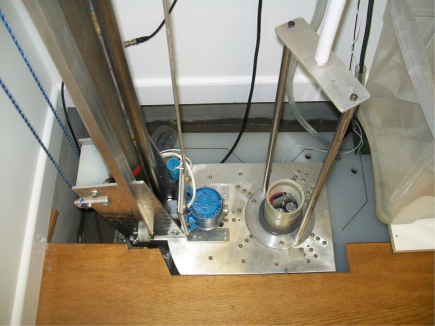 POD transducer housings are soaked for a few hours before testing to
include the rise in sensitivity seen on full wetting.
POD transducer housings are soaked for a few hours before testing to
include the rise in sensitivity seen on full wetting.